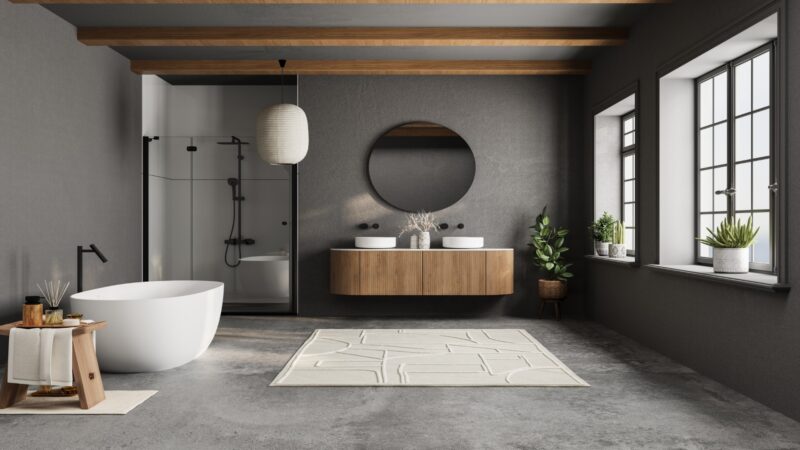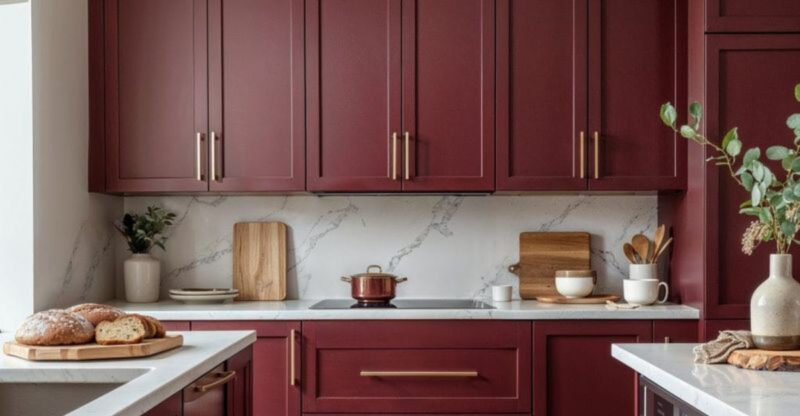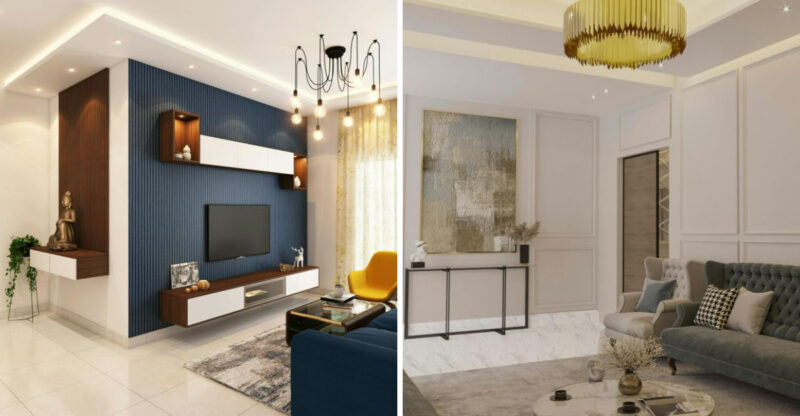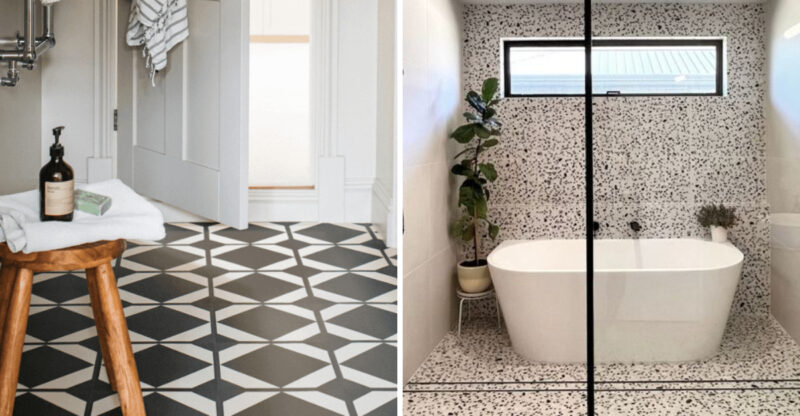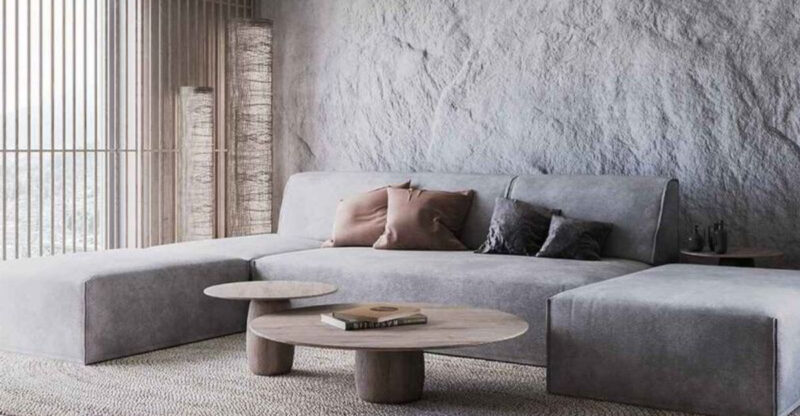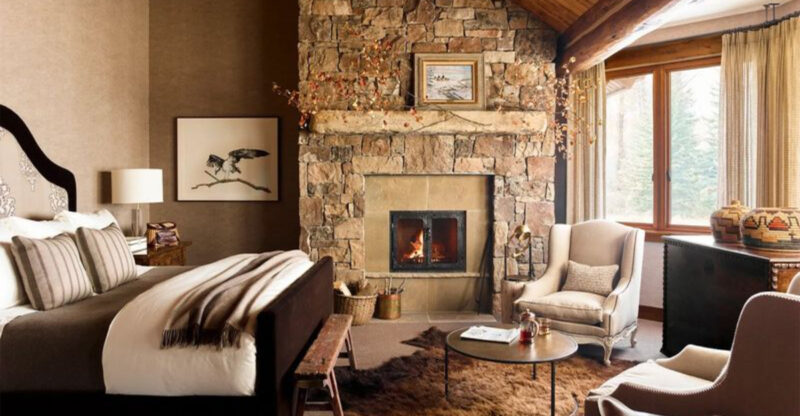15 Tricks For Small Living Rooms That Interior Designers Swear By
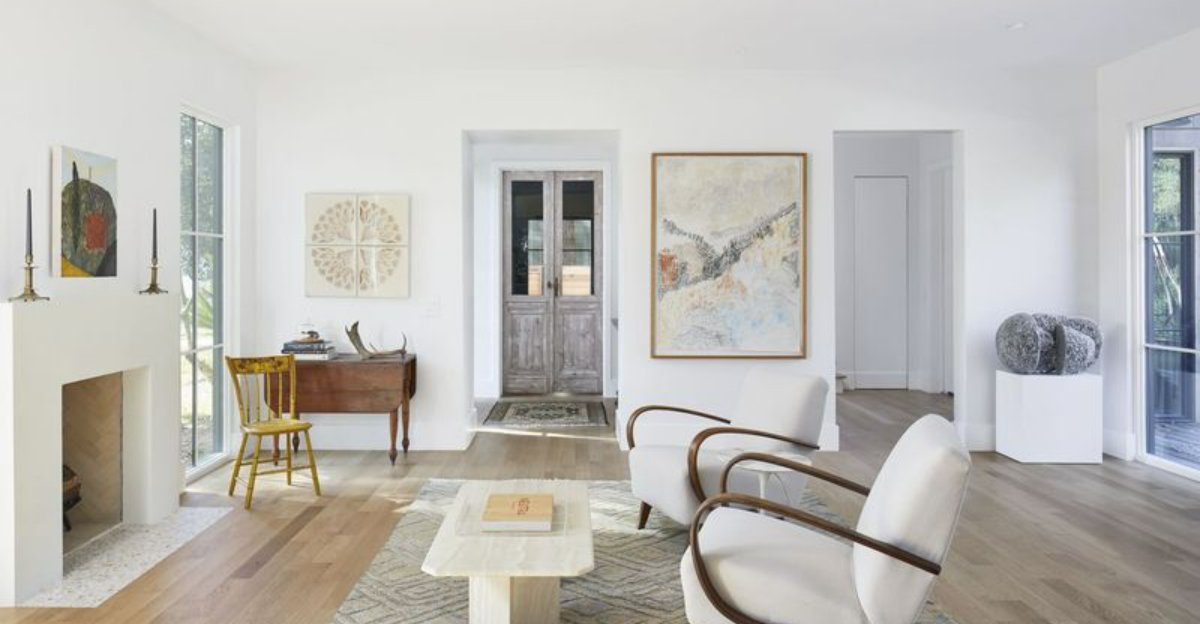
Living in a small space doesn’t mean you have to sacrifice style or comfort. Professional interior designers have mastered the art of making compact living rooms feel spacious and inviting through clever tricks and optical illusions.
I’ve gathered the top designer secrets that can transform your cramped quarters into a room that feels twice its size – without knocking down any walls.
1. Float Your Furniture
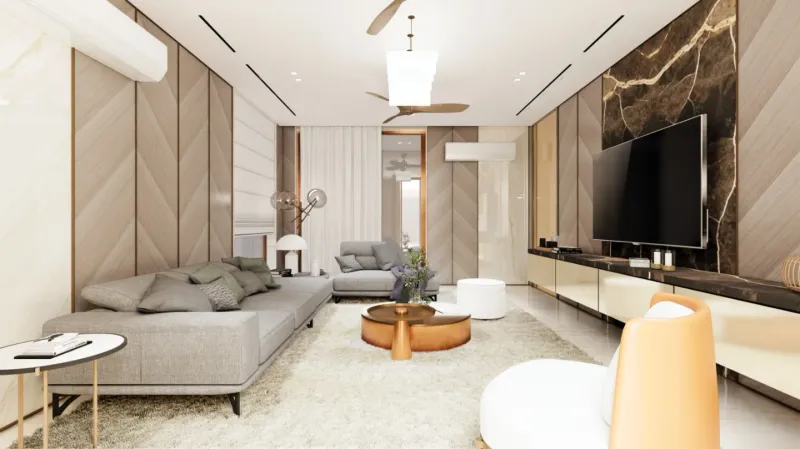
Moving furniture away from walls creates breathing room and makes spaces feel larger. I recommend leaving even just a few inches between your sofa and the wall to create an illusion of extra space.
This counterintuitive approach actually opens up the room rather than closing it in. Your guests will wonder why your small living room suddenly feels so much more spacious and flowing.
2. Embrace Mirrors Strategically
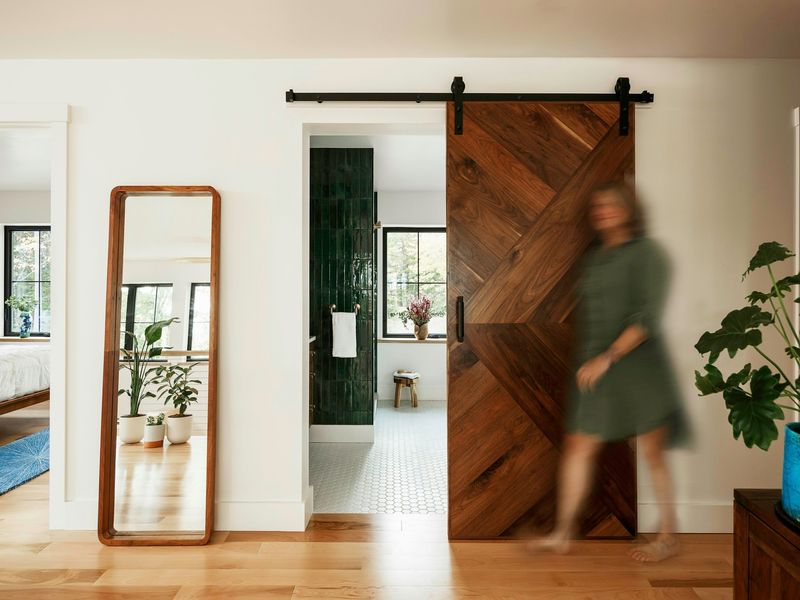
Mirrors are magical in small spaces! Place a large mirror opposite your window to bounce natural light throughout the room and visually double your square footage instantly.
The reflection creates depth where there isn’t any. I’ve seen tiny apartments transformed when owners installed floor-to-ceiling mirrors on one wall – suddenly the space felt twice as large without changing a thing structurally.
3. Choose Leggy Furniture
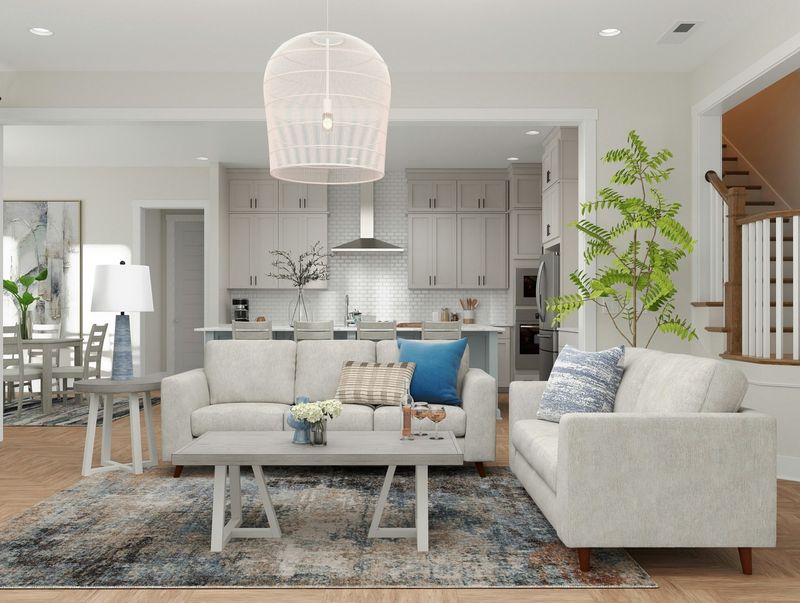
Furniture with visible legs allows your eye to travel underneath, creating a sense of lightness and space. Bulky, heavy pieces that sit directly on the floor make rooms feel cramped and closed in. Swap out that chunky sofa for something more streamlined with tapered legs.
Your floor will become visible beneath your furniture, tricking the eye into seeing more square footage than actually exists.
4. Multi-Functional Pieces Are Your Friends
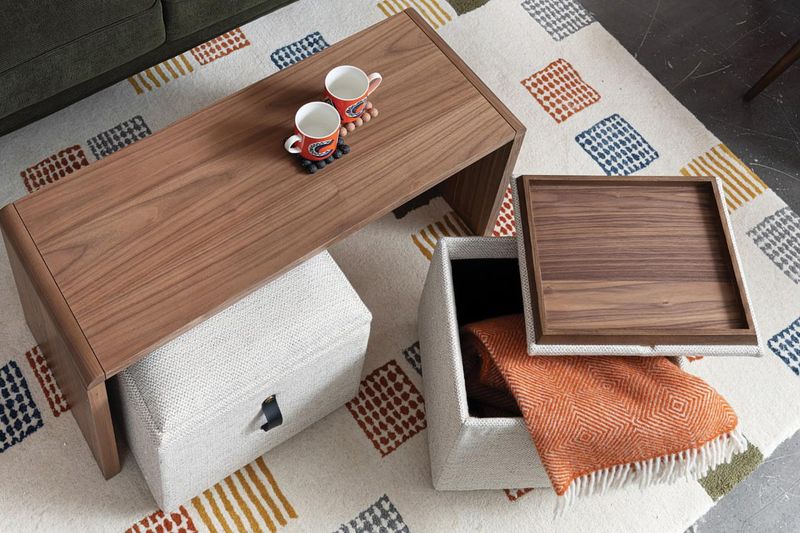
Storage ottomans that double as coffee tables or seating save precious space in tight quarters. Look for nesting tables that can be tucked away when not needed, or a sofa that converts to a guest bed.
My clients are always amazed by how much functionality we can pack into limited square footage with the right pieces. Smart furniture choices eliminate clutter while maintaining all the functions you need from your living area.
5. Go Vertical with Storage
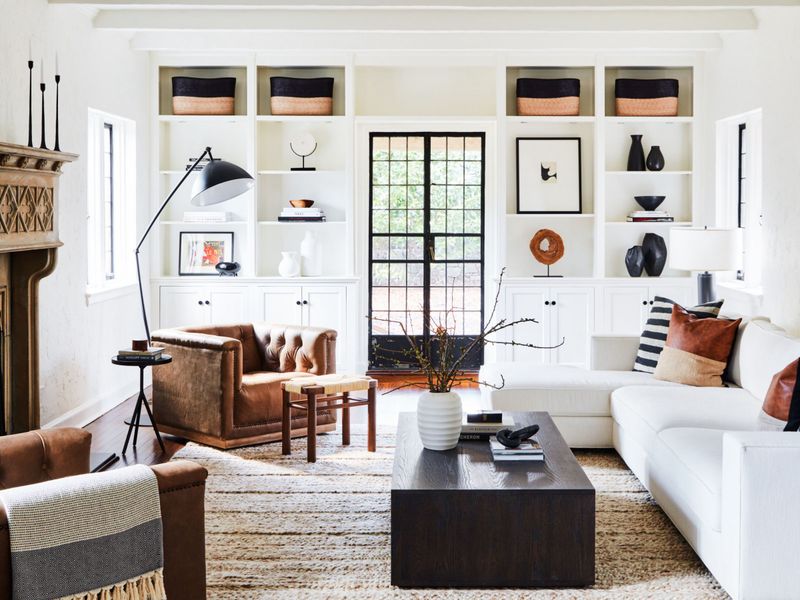
When floor space is limited, the walls become your best friends. Floor-to-ceiling bookshelves draw the eye upward and make ceilings appear higher while providing tons of storage. I always tell my clients to think in cubic feet, not square feet.
That unused wall could become home to floating shelves displaying your favorite items, or a sleek cabinet system that contains all your media equipment without eating up precious floor space.
6. Create Zones with Area Rugs
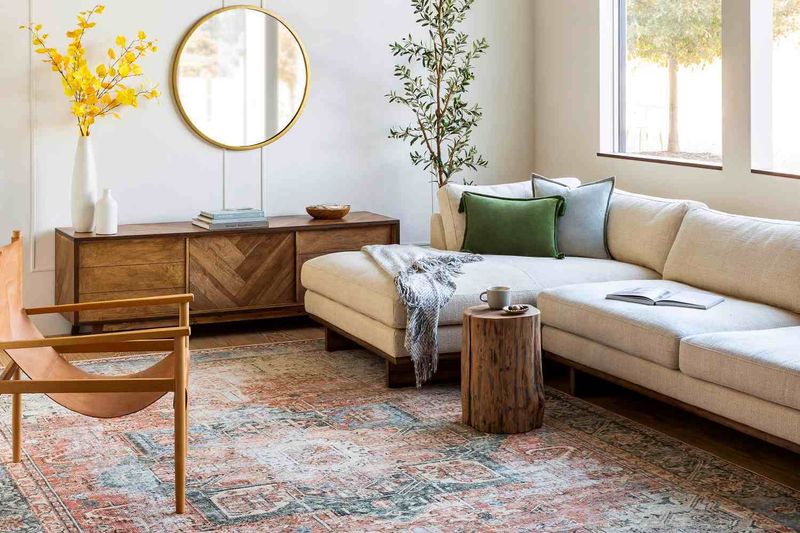
Even the tiniest living room can feel purposeful when you define different areas with rugs. A properly sized rug under your seating arrangement creates a visual anchor that feels intentional rather than cramped.
The key is proportion – the rug should be large enough that at least the front legs of all furniture in the conversation area rest on it. This simple trick makes your arrangement feel cohesive and well-planned rather than randomly squeezed together.
7. Light Layers Make Magic
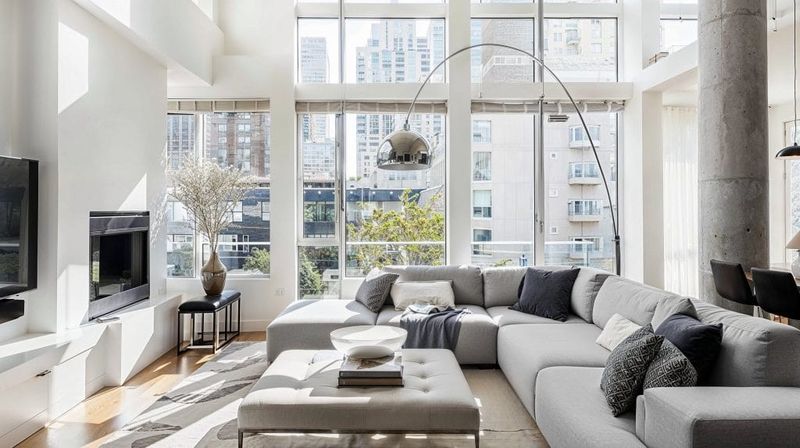
Relying solely on one overhead light creates harsh shadows that make rooms feel smaller. Instead, incorporate at least three light sources at different heights – perhaps floor lamps, table lamps, and wall sconces. This layered approach creates dimension and allows you to adjust the mood.
I recommend using warm-toned bulbs in various fixtures around the room rather than blasting from above, which instantly makes even the smallest space feel cozy rather than cramped.
8. Opt for Clear Furniture
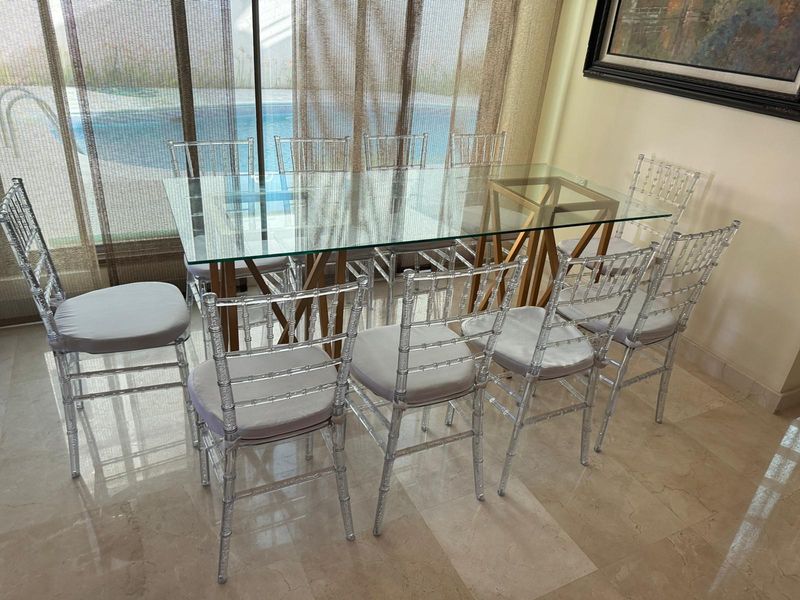
Acrylic or glass pieces like coffee tables and side tables practically disappear in a room, reducing visual clutter. The transparency allows your eye to travel through them, creating the illusion of more space. My favorite trick for super tight spaces is a glass-top dining table with a sleek base.
You’ll gain function without the visual weight of a traditional wooden table. These see-through pieces are especially effective when paired with lighter upholstered items.
9. Streamline Your Color Palette
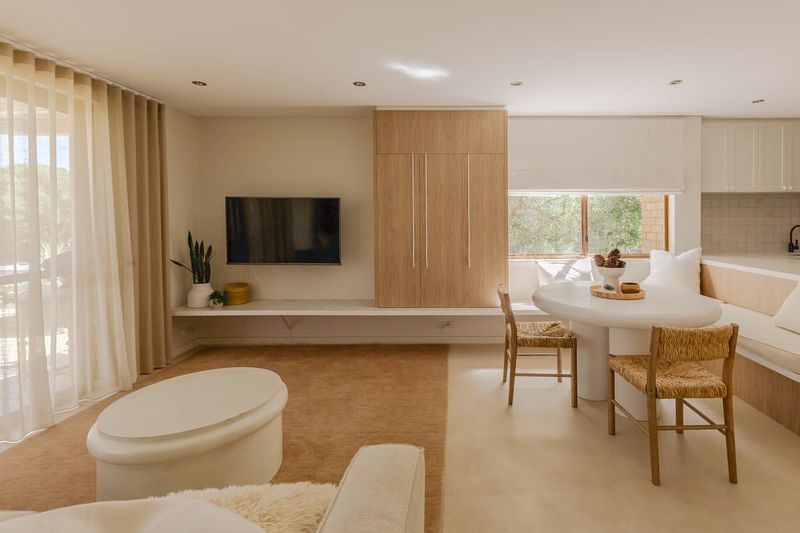
Too many colors chop up a small space visually. Stick to a limited palette – perhaps three main colors – and vary textures instead for interest. This creates a cohesive, flowing environment that feels purposeful. Monochromatic doesn’t mean boring! I love working with different shades of the same color for depth.
A small living room in varying tones of warm gray with textural elements like nubby pillows, smooth ceramics, and glossy photo frames creates sophisticated interest without visual chaos.
10. Embrace Negative Space
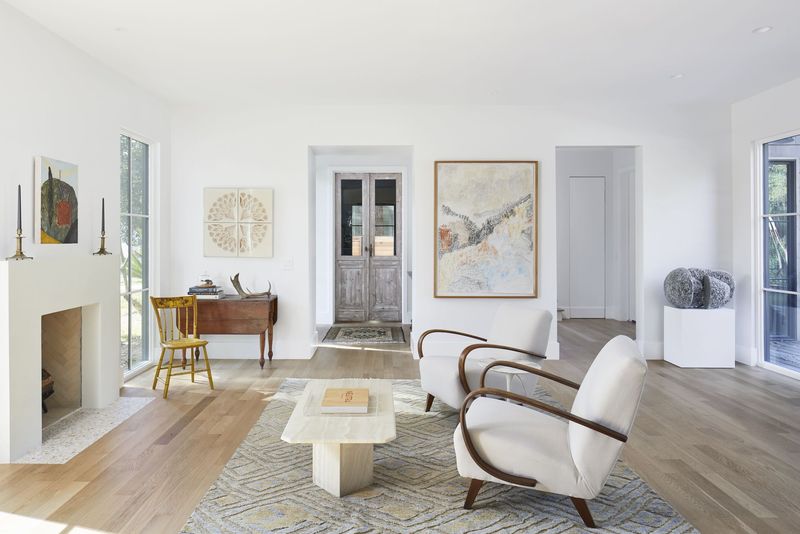
Fighting the urge to fill every inch is crucial in small rooms. Allow for some breathing room around key pieces – what designers call negative space – which prevents that cramped, cluttered feeling. You don’t need to push furniture against walls or fill every surface with accessories.
When styling shelves, leave some areas empty to create visual breaks. This deliberate approach to spacing makes small rooms feel curated rather than stuffed to capacity.
11. Scale Down Your Furniture
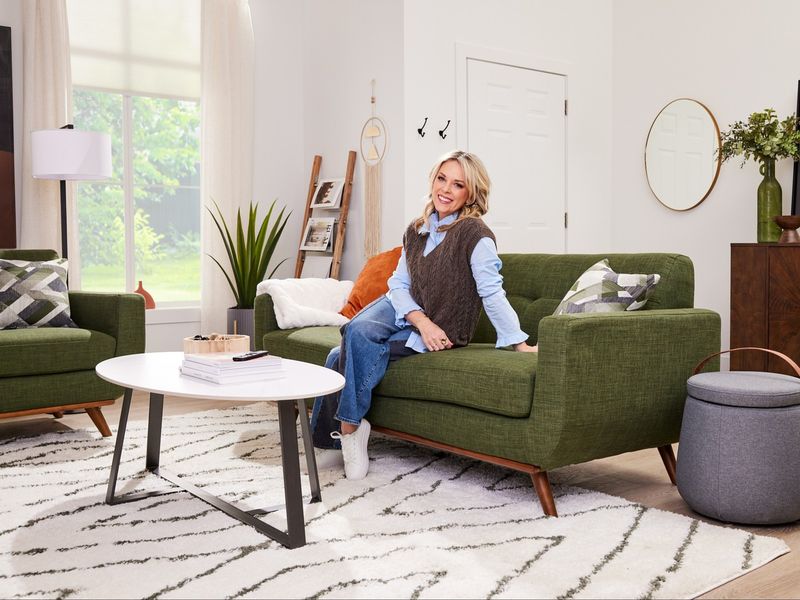
Apartment-scale furniture is specifically designed for smaller spaces without sacrificing comfort. Look for sofas with narrow arms and streamlined profiles rather than overstuffed pieces that dominate the room. Many manufacturers now offer compact versions of popular styles.
I recently helped a client replace their bulky traditional sofa with a slimmer profile version in the same style – we gained nearly two feet of floor space while maintaining seating for the same number of people!
12. Use Curtains to Elevate
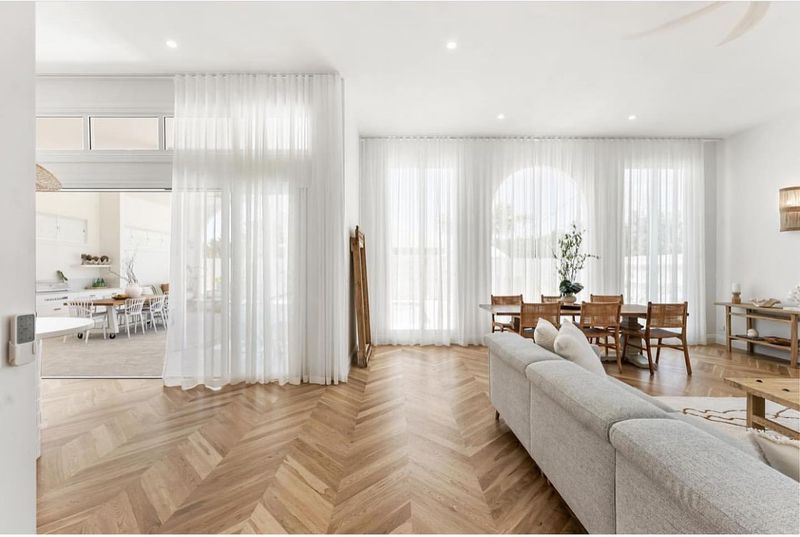
Hanging curtains close to the ceiling instead of directly above the window frame creates the illusion of height. This simple adjustment makes your walls appear taller and your ceiling higher. Select curtains that match your wall color for a seamless look, or go slightly lighter.
The vertical lines draw the eye upward, and when the curtains extend to the floor, they create an elegant, elongating effect that makes the entire room feel more spacious and sophisticated.
13. Incorporate Hidden Storage
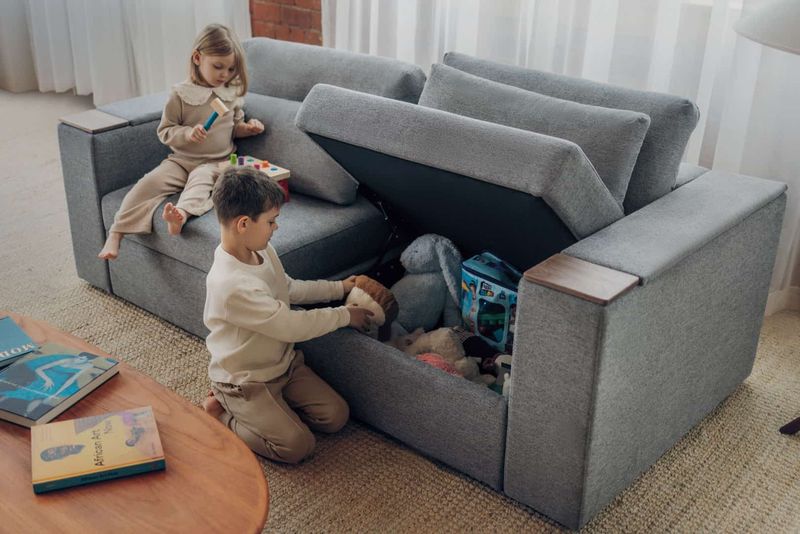
Clutter is the enemy of small spaces! Look for furniture with concealed storage like hollow ottomans, platform beds with drawers, or coffee tables with compartments. My clients are always amazed by how much neater their space feels when everyday items have designated hiding spots.
A living room feels instantly larger when remote controls, gaming equipment, and extra throws have proper homes instead of lying about. The key is making this storage accessible enough that you’ll actually use it.
14. Maximize Natural Light
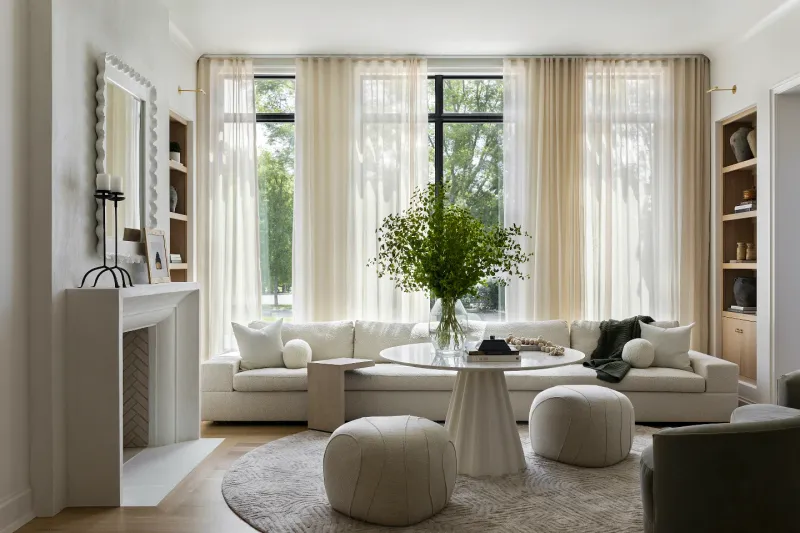
Heavy window treatments or furniture blocking windows makes small spaces feel cave-like. Keep window dressings light and minimal – perhaps simple roller shades or sheer curtains that filter light without blocking it.
Arrange your layout to ensure nothing tall obstructs windows. Natural light is your greatest ally in making a small room feel expansive and welcoming. If privacy is a concern, consider top-down bottom-up shades that let light in while maintaining privacy.
15. Create a Focal Point
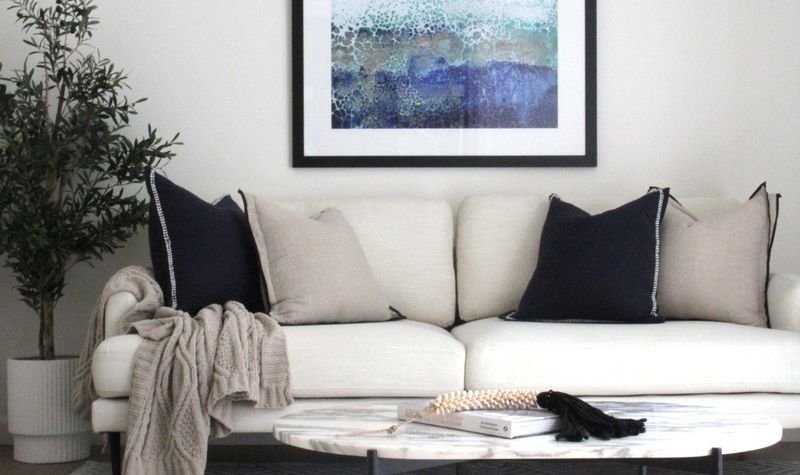
Small rooms need a star of the show – whether it’s a bold piece of art, a striking light fixture, or a statement piece of furniture. This focal point draws attention away from the room’s size. Without a focal point, the eye wanders and notices constraints.
I recently transformed a tiny living room with a dramatic oversized photograph above the sofa. Visitors now comment on the art rather than the room’s dimensions! This principle works with any eye-catching element that reflects your personality.

